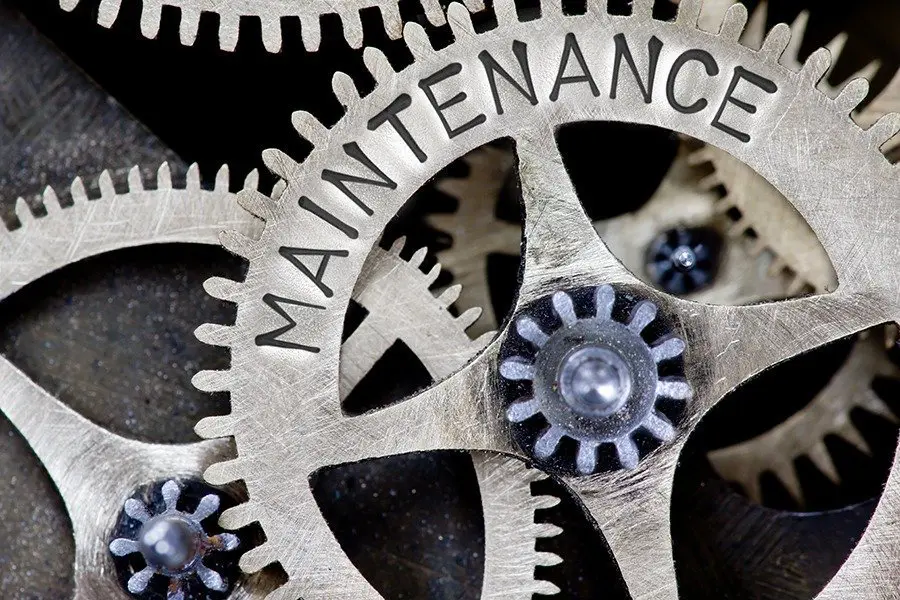Ever wonder how much a maintenance repair really costs you? Or maybe if your machines have been lubed as often as they should? Maybe you find yourself asking, “When should I replace that compressor instead of repairing it again?” You might find that you’re often wondering if you’re doing everything possible to improve efficiencies, keep production lines running, or keep facilities in top-notch condition. If you’re a maintenance manager without a CMMS solution, you’ve probably got lots of unanswered questions.
Likewise, as the CEO of a CMMS software company, I think a lot about whether MPulse Software is doing everything possible to meet the real requirements of our customers. We work hard to understand what maintenance teams want and try to provide the best CMMS solution. We gather valuable data on what CMMS customers are demanding these days, data that will help MPulse continue to improve the software and services we provide our customers. Here’s what I learned.
Why You’re Purchasing a CMMS Solution
Efficiency is the key. In fact, improved efficiency is exactly what most buyers of computerized maintenance management system (CMMS) software are looking for. If I know what has happened in the past, I can make better decisions about what needs to be done in the future.
This increase in efficiency comes from the use of technology to reduce manual tasks—in many cases, laborious paperwork. Let’s face it; maintenance work comes with its fair share of paper pushing that can take up more time than it should. CMMS software has become a powerful tool for maintenance teams to reduce those tedious tasks while at the same time providing key data for managers and executives to make better decisions.
Yet Software Advice’s survey of potential CMMS buyers found 48 percent are still using manual methods to track their maintenance activity. Another 19 percent use nothing at all. Even though I know many maintenance teams don’t use a CMMS solution, it still perplexes me. The good news is these survey respondents are already thinking about making changes to improve their operations. I hope they can see the great strides we’ve made in CMMS technology, which should help relieve concerns about buying a new software system. But it’s clear we have some work to do.
Improved CMMS software Implementation
The good news is CMMS software has changed so much in the past few years that it’s never been easier to integrate it into an organization’s workflow. Plus, the user interface simply gets better and more intuitive, making training and implementation much faster. And if an organization foresees hurdles with implementation, CMMS vendors like MPulse Software now offer easily affordable services for implementation planning, data entry and migration, asset inventory, training, and much more.
I found it interesting, and encouraging, that so many of the survey participants are from small maintenance operations—70 percent had teams of 10 people or fewer. I believe these organizations are exactly the ones that will benefit the most from the reduced costs of implementing CMMS. Now CMMS software isn’t just for the big operations—it’s more affordable and easier to integrate than ever before for small and medium-sized teams.
Proactive vs. Reactive Maintenance
There’s a larger trend indicated by Software Advice’s survey results—a fundamental shift among maintenance managers who see the importance of becoming a proactive organization rather than a reactive one. Instead of constantly putting out fires, modern maintenance operations can use CMMS to forecast, manage, and monitor maintenance activities. The goal is to keep assets running and unplanned maintenance to a minimum.
Indeed, the survey showed preventive maintenance, work order, and asset management are required features across the board. It’s just a short hop to taking CMMS even farther, perhaps by capturing real-time data and working toward predictive maintenance, where teams can monitor the health of the equipment and foresee problems before they happen. I feel heartened by those findings, because it means the benefits of using a CMMS solution are becoming more and more understood across all industries.
Get More for Your Money
Wouldn’t it be nice if you had as clear a picture of your maintenance operation as this data has given me of your requirements? You can with CMMS software. CMMS data is a powerful tool that helps maintenance professionals plan proactively—making staff members more successful at their jobs and keeping the organization at the top of its game. If you haven’t considered it in a while, it’s probably time to look again. Prices have dropped. Functionality and usability have improved. You get a lot for your money in a CMMS package these days.
After 20 years in this business, I still get excited when maintenance teams see how CMMS can help them save money, improve response times, and keep assets running longer and more efficiently. We have come so far since the days of paper and pencil. I’m eager to show more people how modern CMMS software can change their operations for the better.
Want to see how CMMS software can help your maintenance operations? Get a free trial of MPulse, or contact us with questions.


